Garlic and onion recipes are perfect for fall and winter comfort food. Not only do they taste great, they also increase your stamina, provide energy, and help prevent seasonal colds and flu. But that’s just a few of their profound health benefits.
In the DIY Herbal Fellowship membership, we’ve been talking about garlic and onion recipes and how garlic and onions are full of health benefits. So much so that it was believed in ancient times that if a person consumed them daily they would become immortal. They were the original fountain of youth, rich in antioxidants and other health benefits.
Medicinal use of garlic, onions, and their cousins dates back to ancient times. Egyptian pharoahs were embalmed with onions over their eyes and tucked into their grave wrappings to bring them safely to the next life. Onions and garlic were fed to the pyramid builders to give them stamina and strength. Garlic, onions, and leeks are mentioned in Numbers 11:5 with the ancient Israelites complaining in the desert that they yearned for the food of Egypt. Then in Greek and Roman times garlic and onions were given as rations to soldiers and farm laborers for health and stamina. Aioli, an emulsion of garlic and olive oil, was invented at this time. In the middle ages, St. Hildegarde recommended raw garlic to increase strength and to restore health.
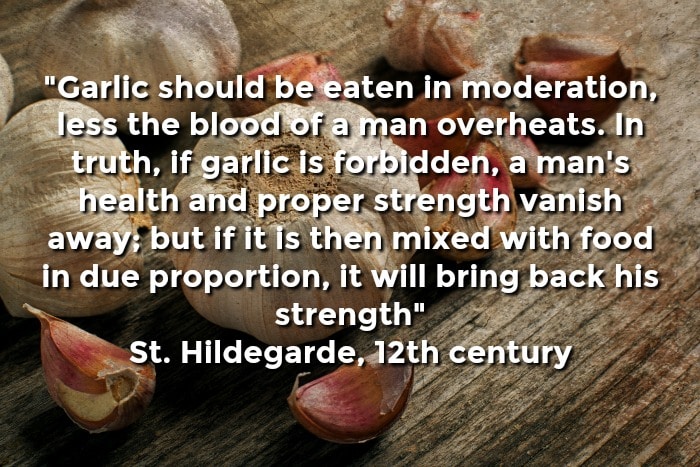
Interestingly, while all cultures use garlic, onions, leeks, shallots, and other alliums in cooking and for health, the use of garlic particularly has been a symbol of the labouring classes for centuries. Because of this, in British cuisine shallots, leeks, and chives play a more prominent role than garlic. However, one only has to look to European, Asian, and Middle Eastern recipes to find garlic as well as the other alliums used in abundance.
Even First Nations traditional food included the wild onions, wild garlic, ramps, and ramsons that are native to North America. Alliums are available on every continent in the Northern Hemisphere.
The nutritional profile of garlic and onions
Garlic and onions are rich in antioxidants. These are some of their health benefits:
- Anthelmintic
- Antiaging
- Antibacterial
- Anticancer
- Antifungal
- Antihistamine
- Anti-inflammatory
- Heavy Metal Chelation
- Hepatoprotective
- Hypocholestremic
- Hypoglycaemic,
- Hypotensive,
- Immunomodulating
- Lithontripic,
- Promotors Of Membrane Permeability
- Tonic
- Vasodilators
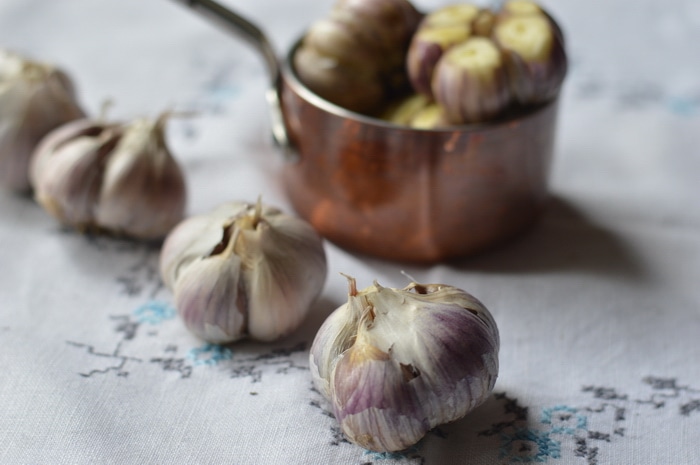
How can you get onions and garlic working for your health?
- More pungent varieties have greater health benefits
- Both raw and cooked onions and garlic provide antioxidant and antiaging benefits.
- Milder alliums like chives and green onions have health benefits but to a lesser impact than onions and garlic, so use more of them.
- Wait 10 minutes after cutting or chopping alliums to allow all the thiosulfates to form before mixing with other food or medicine
- Eat garlic and onion recipes everyday!
Who should avoid eating onions and garlic?
Nursing moms may find that young babies have trouble with colic after mom eats garlic bread or other foods where garlic is a featured flavor. Baby’s digestion matures slowly and most babies outgrow the colic stage by 6 to 8 months of age. Prior to this using homemade “Gripe Water” can help. The relief is almost instant. Grab the recipe here.
Those who are allergic to garlic or onions should use avoid foods and medicine that contain them.
People who are taking blood thinners should speak to their doctor before using therapeutic doses of raw onions or garlic, culinary amounts should be fine.
Do not feed to alliums to dogs or cats. All allium vegetables are toxic to dogs and cats. Both raw and cooked alliums are damaging. They can cause kidney failure. The toxic effect can delay showing up for 2 or 3 days after ingestion. Avoid giving dogs or cats human leftovers that contain alliums. Smaller dogs and cats are in more danger than larger breeds.
Garlic and Onion Recipes for the Kitchen
First let’s look at a few classic garlic and onion recipes that utilize these herbs in the kitchen. Studies show that onions and garlic eaten regularly, at least 3 times a week, reduce sickness and extend life. So the more we can incorporate these healthy, savory foods into our everyday meals the better our health will be.
Both the green parts and the bulbs are edible in all alliums however, some parts of the plant are more fibrous than others. The tougher bits can be used for soup stock. Even the papery outside of onions can be utilized in stock successfully. These outer layers are rich in flavonoids so using them in stock is a good way to gain these beneficial antioxidants. If you’ve been in the habit of tossing the onion skins and green parts of leeks into the compost bin, you have been missing out on some of the more life-giving parts of the vegetable.
If alliums aren’t your friend, substitute other savory herbs like oregano, thyme, bee balm, rosemary, and sage for the alliums in these recipes and make something amazing using the base recipe minus the alliums. These other herbs are also full of antioxidants for your health and longevity.
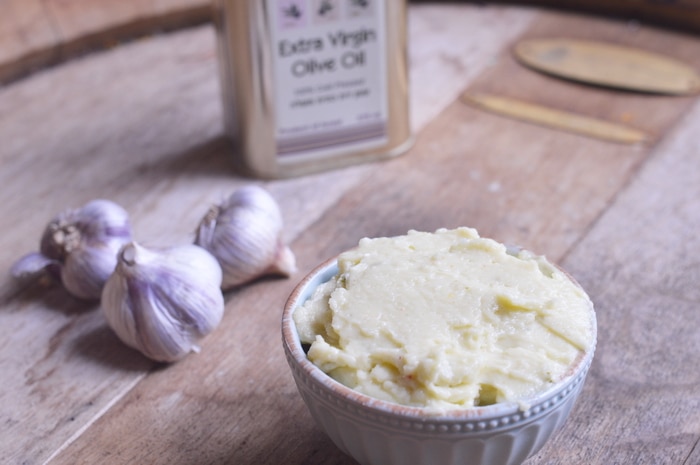
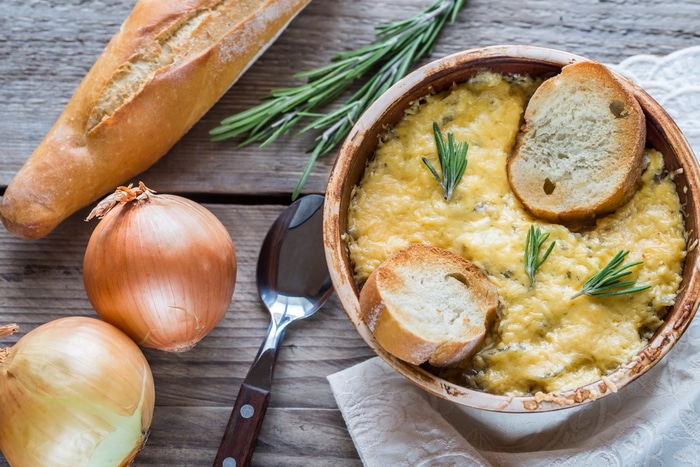
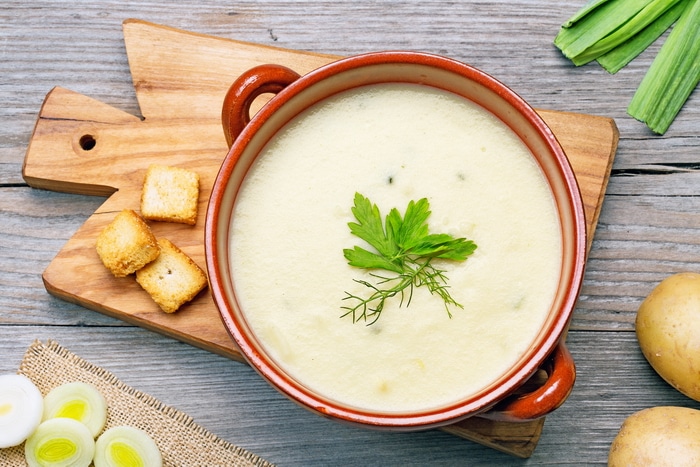
Garlic infused olive oil (keep refrigerated)
Garlic compound butter
Chive Butter
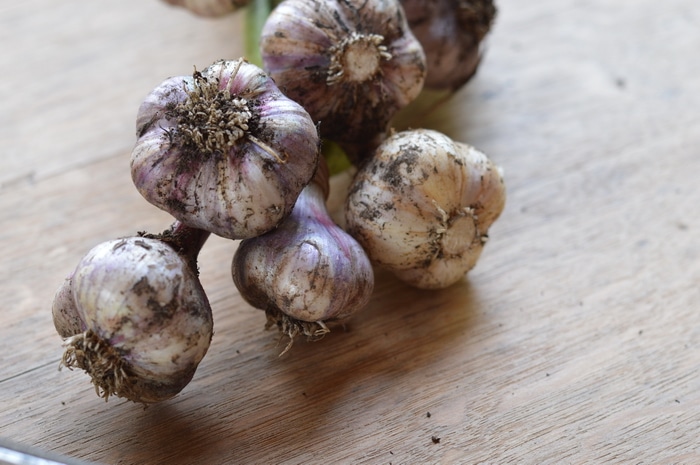
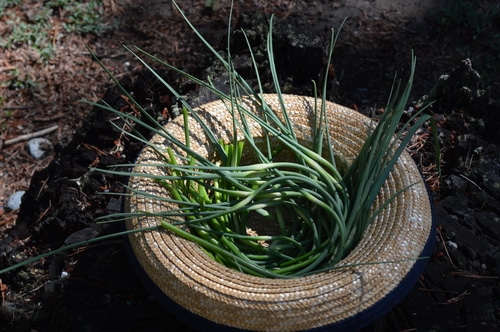
Garlic and onion recipes for the apothecary

The 7 Day Healthy Harvest Challenge
Have you started the easy 7 day Healthy Harvest Challenge? Would you like to join in this free challenge?
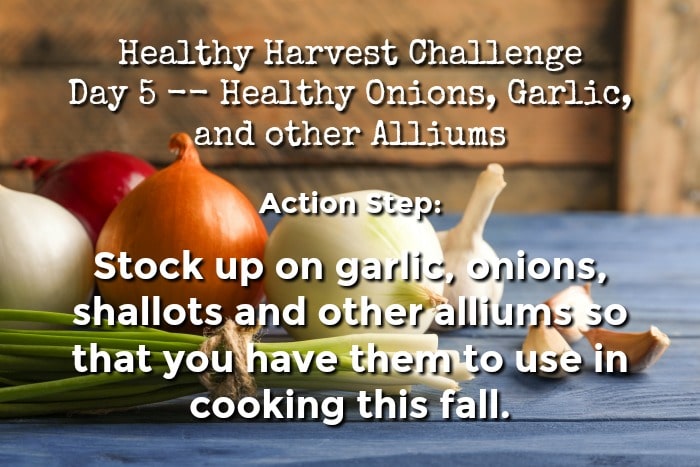


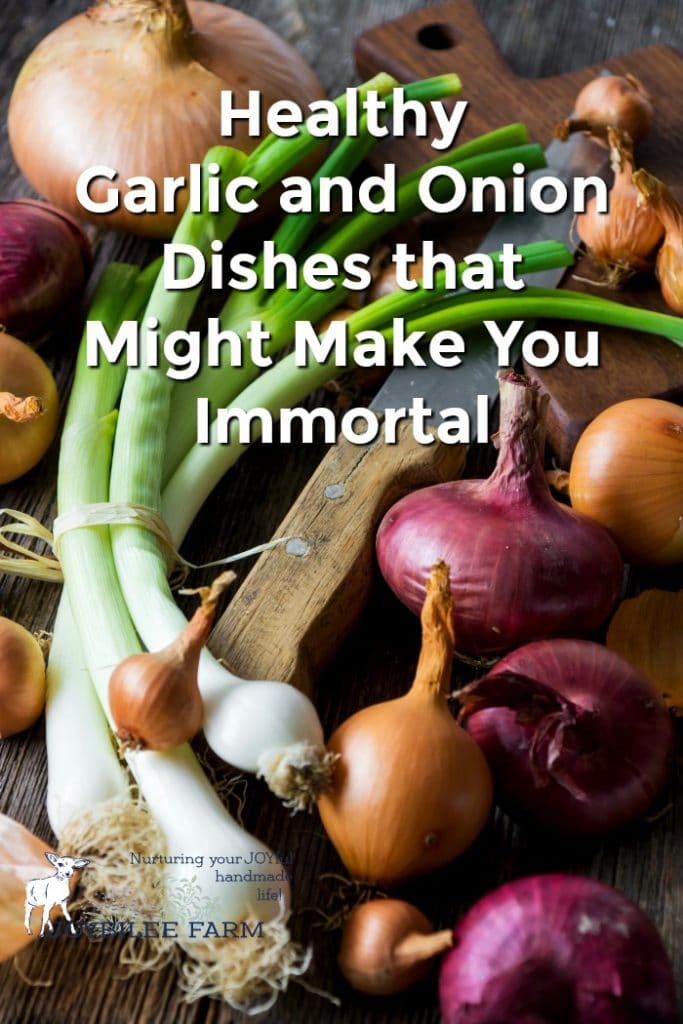
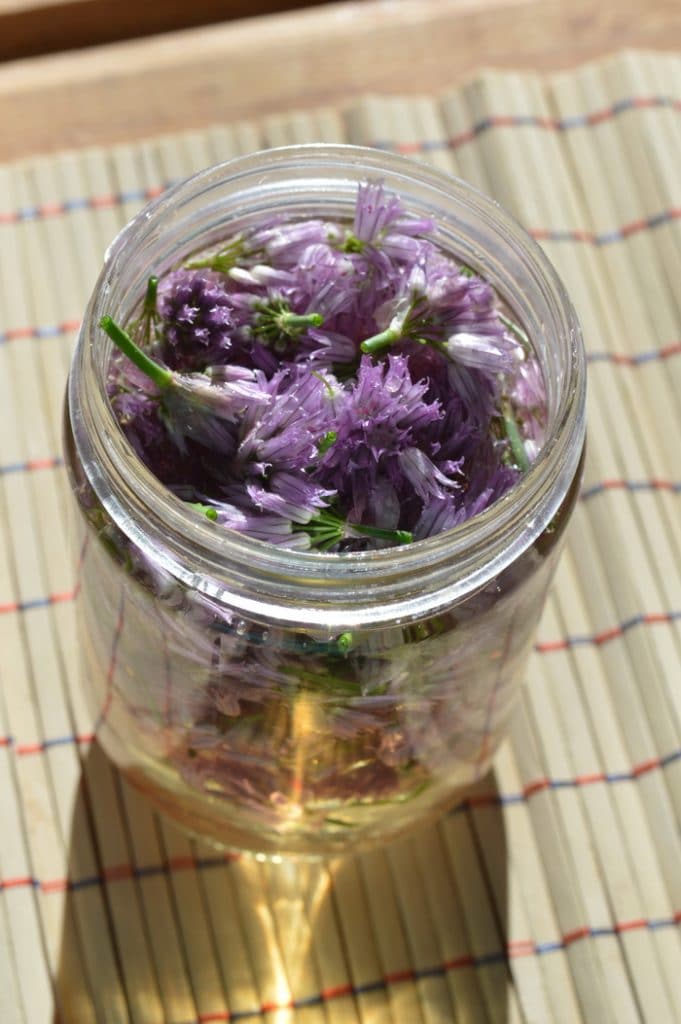

I would love to have email updates!